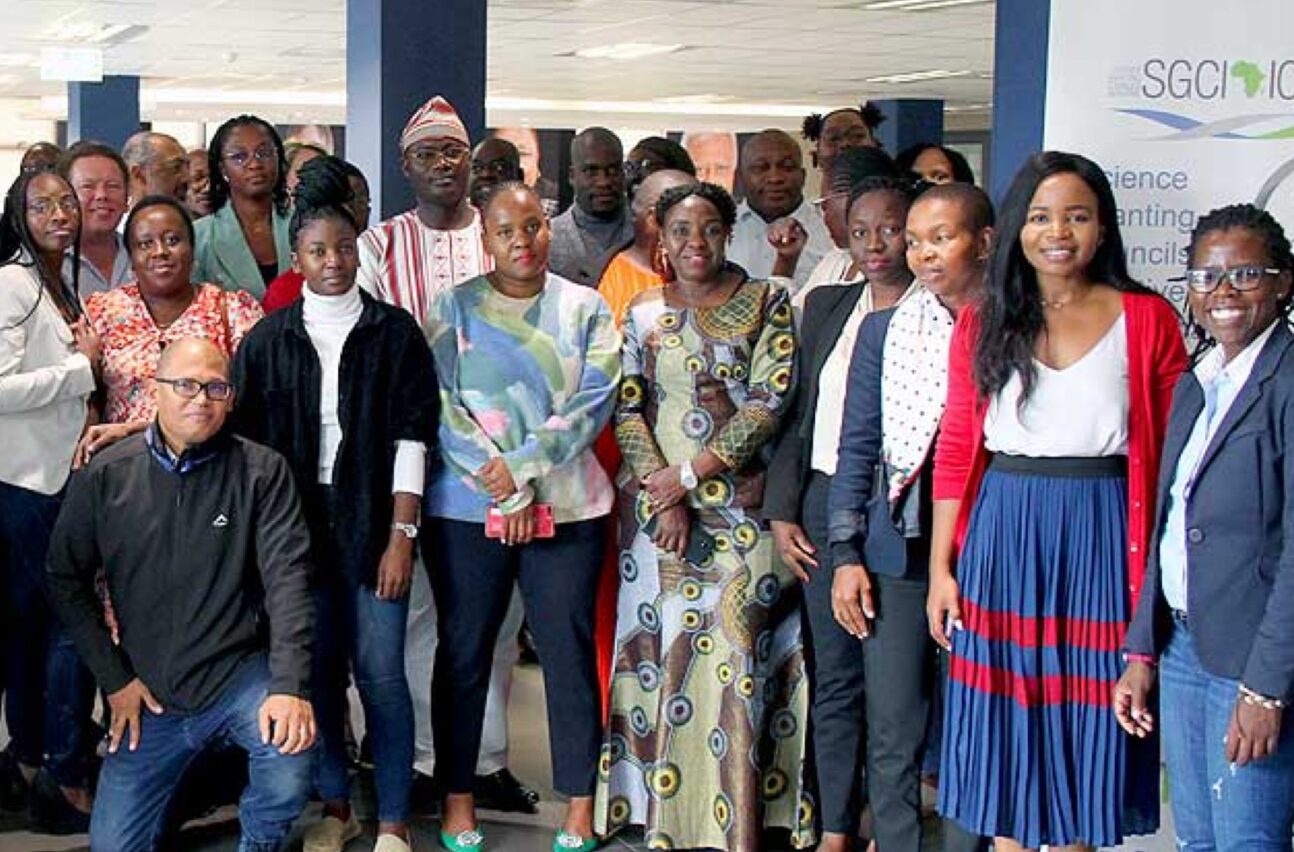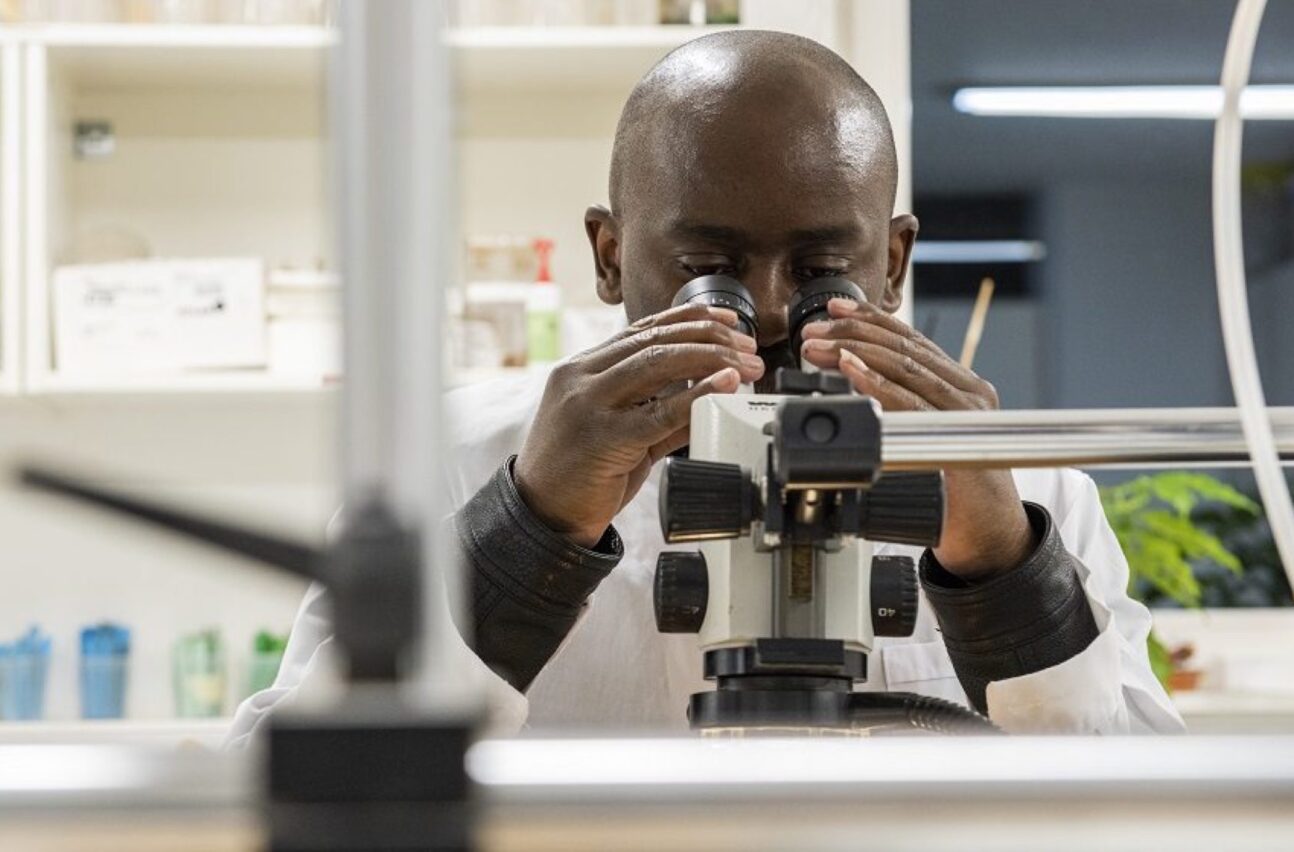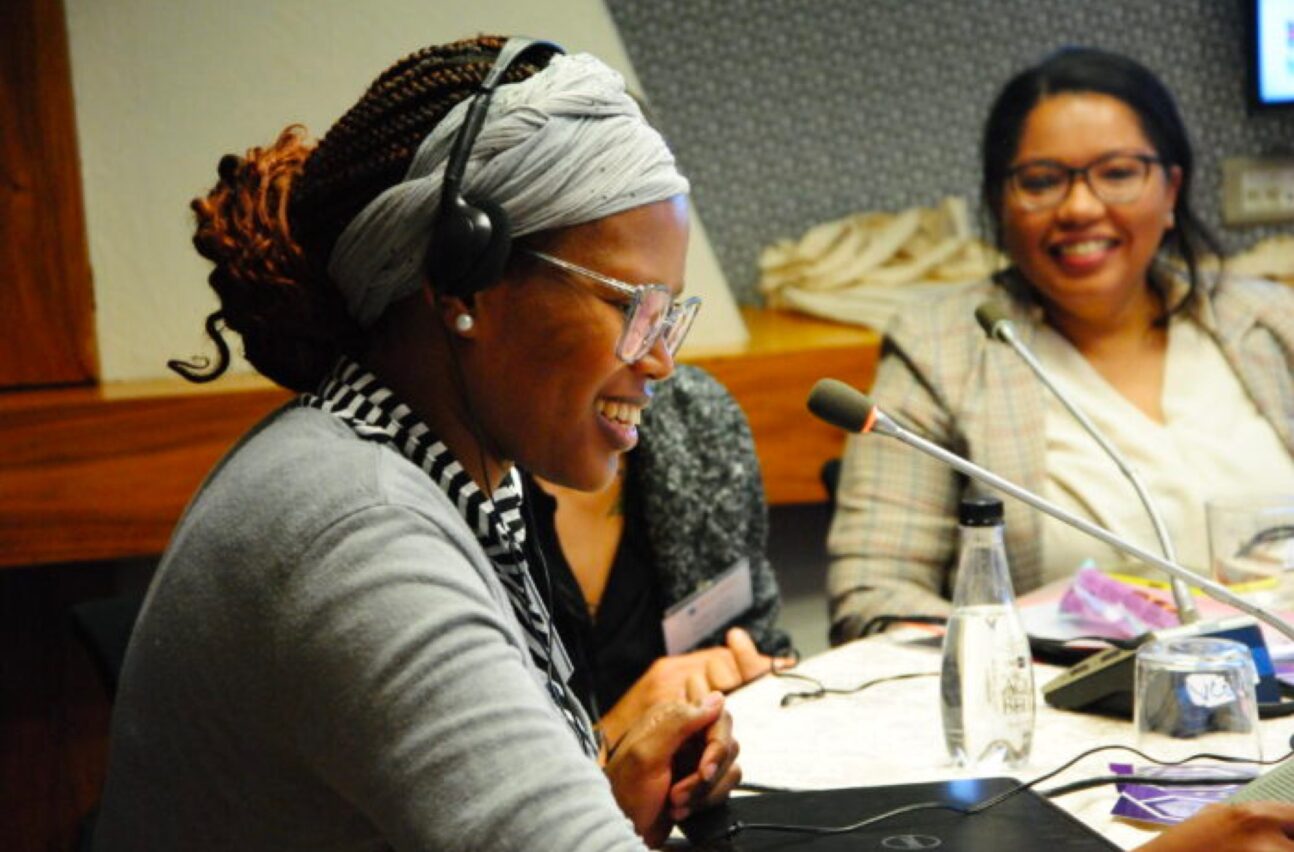Shea butter is a rich fat derived from the nuts of the shea tree (Vitellaria paradoxa). It plays an important role in a number of industries, including cosmetics, food and…
Shea butter is a rich fat derived from the nuts of the shea tree (Vitellaria paradoxa). It plays an important role in a number of industries, including cosmetics, food and pharmaceuticals. At least one billion shea butter fruiting trees grow on the African continent spanning 21 countries and around 3-4 million km2. They yield around 2.5 million tons of dry seed kernels annually. These kernels produce more than 1.2 million tons of shea butter fat, making it a valuable resource and a key ingredient for unlocking commercial opportunities in Uganda’s growing bioeconomy.
Traditional methods are used to extract shea butter. There are two main methods for producing shea butter: the Cold Pressing Method (CPM) and the Traditional Artisan Method (TAM). However, these methods have limited applications and economic gain. To fully realise shea butter’s potential in business, a process called fractionation is needed.
The need for shea butter fractionation
While shea butter is used widely, its traditional processing methods restrict its application. CPM and TAM yield unrefined shea butter, which is typically used in artisanal settings. Fractionation is a technique used to separate fats into liquids (olein) and solids (stearin). The technique offers a solution for broadening shea butter’s industrial uses. Shea olein and shea stearin, the two products of this process, have distinct properties. For example, liquid shea olein is well-suited for use in cosmetic products like lotions and oils. Solid shea stearin is appropriate for use in products such as soap. These properties make shea perfect for use in the cosmetic industry.
Unlocking shea butter research for commercial products
The Uganda National Council for Science and Technology (UNCST) is a member of the Science Granting Councils Initiative (SGCI). Between 2018 and 2023, a UNCST-Manufacturing Sector Intervention made significant strides through the development of an online platform called TECHNOMART. This initiative connects entrepreneurs, investors and researchers. Moreover, it facilitates the commercialization of Uganda’s R&D products and strengthens partnerships in the science and technology sector. Its efforts have supported various innovative projects, boosting Uganda’s manufacturing sector and fostering technological growth, including in shea butter.
A project on fractionating Ugandan shea butter was organised under TECHNOMART to explore how to convert this product into commercial shea olein (oil) and shea stearin (fat). The National Chemotherapeutics Research Laboratories and Nilo Beauty Products hosted the project. The initiative aimed to optimize cold-pressed butter’s fractionation, yielding a 41%:59% olein-to-stearin ratio. The project led to three market-ready products: bath soaps, body cream and lotion. Additionally, a locally designed fractionation unit was developed. It focused on commercial separation and submitted a patent application to the Uganda Registration Service Bureau. The project also created a website for Nilo Beauty to facilitate e-market testing.
Materials and methods used in shea butter fractionation
The fractionation process for Ugandan shea butter began with shea butter sourced from small-scale processors in the northern Lira District of Uganda. Both CPM and TAM methods were used to extract the butter before fractionation. Two approaches were tested for separating the shea butter: dry and solvent fractionation techniques. These experiments were carried out at crystallization temperatures of 15°C and 20°C, yielding two distinct fractions – shea olein and shea stearin. Each fraction was then subjected to physico-chemical analyses. These measured parameters such as acid value, fatty acid profile, iodine value and refractive index.
Shea butter fractionation results and recommendations
The results revealed differences in the yields between the CPM and TAM techniques. Shea butter processed by CPM produced 40% olein and 60% stearin. However, TAM resulted in a higher yield of olein (almost 60%) but a lower yield of stearin (almost 41%). This suggests that CPM is more suitable for producing stearin, and TAM is more suitable for producing olein. The study demonstrated that fractionation is an effective method of enhancing the value of shea butter. Maximizing the use of this process can be beneficial for business applications, especially in the cosmetics and other manufacturing industries.
Themes
The SGCI aims to strengthen the capacities of these SGCs to support research and evidence-based policies that will contribute to economic and social development.







